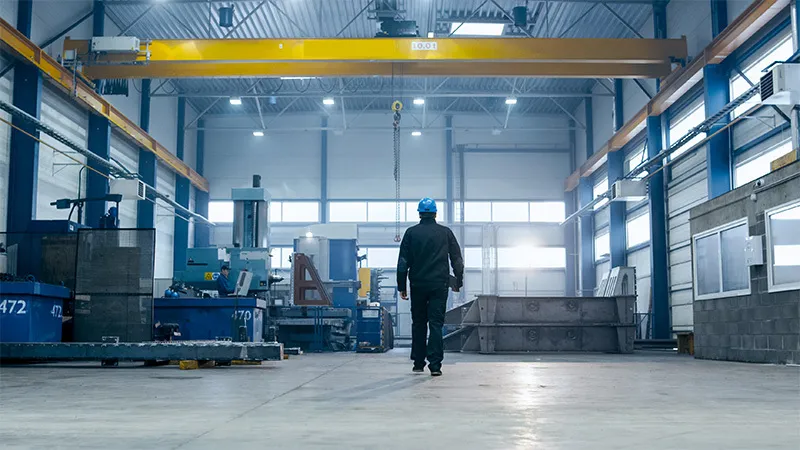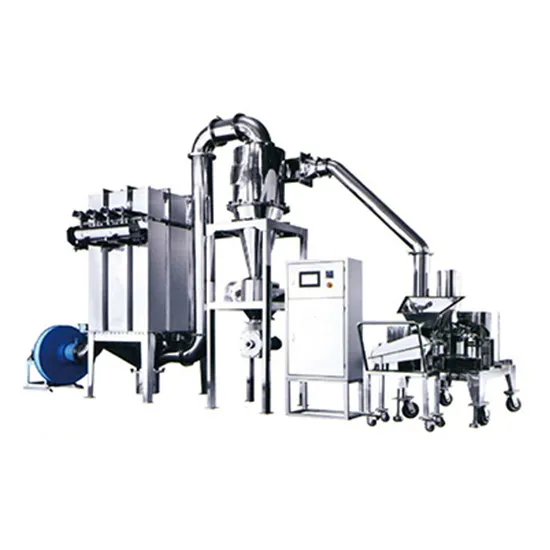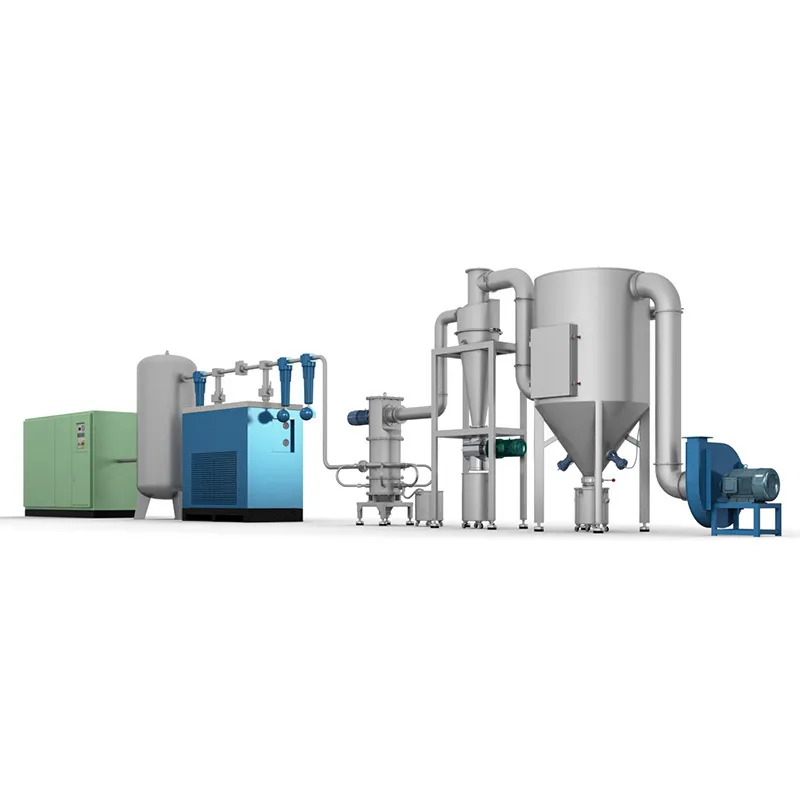NEWS
Unlocking the Secrets of Efficient Chilli Spice Pulverizers: A Comprehensive Guide to Optimal Grinding Solutions
Jul 29,2025
Unlocking the Secrets of Efficient Chilli Spice Pulverizers
Table of Contents
- 1. Introduction to Chilli Spice Pulverizers
- 2. Understanding Pulverizers: What They Are and How They Work
- 3. Types of Chilli Spice Pulverizers
- 4. Selecting the Right Chilli Spice Pulverizer for Your Needs
- 5. Key Factors Affecting Pulverizer Efficiency
- 6. Maintenance Tips for Optimal Performance
- 7. Safety Considerations When Using Pulverizers
- 8. Conclusion
- 9. FAQs About Chilli Spice Pulverizers
1. Introduction to Chilli Spice Pulverizers
In the spice processing industry, **chilli** is a vital ingredient that adds flavor, color, and heat to various cuisines. Effective processing of chilli into powders and flakes relies heavily on high-quality pulverizers. This article delves into the different types of chilli spice pulverizers, their operation, and how to maximize their efficiency to meet production needs.
2. Understanding Pulverizers: What They Are and How They Work
Pulverizers are machines specifically designed for grinding materials into fine powders. In the context of **chilli spice processing**, these machines play a crucial role in transforming raw chillies into usable spice forms. The grinding process involves mechanical forces that break down the particles, allowing them to achieve a desired consistency.
The mechanism of a pulverizer typically involves a combination of impact, shear, and compression forces. Understanding this mechanism is essential for optimizing the production process and addressing any issues that arise during operation.
3. Types of Chilli Spice Pulverizers
Selecting the correct type of pulverizer is fundamental to achieving an efficient grinding process. Here, we discuss the three primary types of chilli spice pulverizers.
3.1 Hammer Mills
Hammer mills are renowned for their high speed and effectiveness. They utilize swinging hammers that crush and grind the chillies as they pass through a screen. The size of the screen determines the final particle size, allowing for versatility in the finished product. Hammer mills are particularly suited for large-scale production due to their efficiency and capacity.
3.2 Pin Mills
Pin mills operate using a pair of rotating pins that create friction and impact to pulverize the material. This type is effective for achieving very fine particle sizes and is ideal for producing high-quality chilli powder with minimal heat generation, preserving flavor and aroma.
3.3 Roller Mills
Roller mills use cylindrical rollers that compress and grind the chilli material. This type of pulverizer is excellent for producing uniform particle sizes and is often used for larger production volumes. The gentle grinding action minimizes heat generation, which can affect the spice's flavor profile.
4. Selecting the Right Chilli Spice Pulverizer for Your Needs
When choosing a pulverizer, several factors should be considered to ensure you select the best machine for your processing needs:
1. **Production Volume**: Assess the quantity of chillies you need to process. Larger operations may require industrial-grade hammer or roller mills, while smaller businesses might opt for pin mills.
2. **Desired Particle Size**: Different pulverizers produce varying particle sizes, so it's essential to identify your target consistency for the end product.
3. **Heat Sensitivity**: Given that high temperatures can degrade the quality of spices, consider machines designed to minimize heat generation during processing.
4. **Maintenance**: Some pulverizers are easier to maintain than others. Evaluate your capacity for upkeep when making a selection.
5. **Cost**: Factor in the budget available for purchasing equipment. While some machines may have a higher upfront cost, they could lead to significant savings through efficiency and durability.
5. Key Factors Affecting Pulverizer Efficiency
Efficiency in your grinding process is determined by several key factors. Understanding these can help you fine-tune your operations for optimal performance.
5.1 Material Quality and Preparation
The quality of the raw chillies significantly impacts the grinding process. Fresh, high-quality chillies with minimal defects yield better results. Proper preparation—such as cleaning and drying—ensures that the material flows smoothly through the pulverizer without causing blockages or wear.
5.2 Moisture Content
Moisture content is a critical factor in spice processing. Excess moisture can lead to clumping, reduced powder quality, and even spoilage. Ideal moisture levels for dry chillies typically range around 10-12%. Utilizing a moisture analyzer before pulverizing can help maintain optimal conditions.
6. Maintenance Tips for Optimal Performance
To ensure your chilli spice pulverizer operates at peak efficiency, consider the following maintenance tips:
1. **Regular Cleaning**: Clean the machine after each use to prevent cross-contamination and buildup of spice residues.
2. **Inspection of Parts**: Frequently inspect blades, screens, and hammers for wear and replace them as needed to maintain grinding efficiency.
3. **Lubrication**: Ensure that all moving parts are well-lubricated to minimize friction and prolong the machine's lifespan.
4. **Check Alignment**: Misalignment of components can lead to inefficient operation and increased wear. Regular checks can prevent this issue.
5. **Training Staff**: Train operators on proper usage and maintenance procedures to ensure safe and effective operation.
7. Safety Considerations When Using Pulverizers
Safety should always be a priority when operating any machinery, including chilli spice pulverizers. Here are essential safety considerations:
1. **Personal Protective Equipment (PPE)**: Operators should wear appropriate PPE, including gloves, goggles, and masks, to protect against dust and potential injuries.
2. **Proper Training**: Ensure that all staff operating the pulverizers are trained in safe operating procedures and emergency protocols.
3. **Machine Guards**: Use safety guards and covers to protect operators from moving parts and to minimize the risk of accidents.
4. **Regular Safety Audits**: Conduct regular safety checks and audits on machinery and workspaces to identify potential hazards.
8. Conclusion
Understanding and utilizing efficient chilli spice pulverizers is crucial for achieving high-quality spice production. By selecting the right type of pulverizer, monitoring key efficiency factors, and adhering to maintenance and safety practices, producers can optimize their operations and yield exceptional products. Investing time and resources into mastering these techniques will pay off in the long run, ensuring a competitive edge in the spice industry.
9. FAQs About Chilli Spice Pulverizers
1. What is the best type of pulverizer for small-scale chilli processing?
The pin mill is often the best choice for small-scale operations due to its ability to produce fine powders efficiently without generating excessive heat.
2. How do I determine the right particle size for my chilli powder?
It depends on your specific application. For culinary uses, finer powders are typically preferred, while coarser textures may be beneficial for certain dishes.
3. Can I use a single pulverizer for different spices?
Yes, but it’s advisable to thoroughly clean the machine between uses to prevent cross-contamination and preserve the unique flavors of each spice.
4. How often should I maintain my chilli pulverizer?
Regular maintenance should occur after every use, with comprehensive checks on parts and lubrication performed at established intervals based on usage frequency.
5. What safety measures should I take when operating a pulverizer?
Always wear PPE, ensure proper training for operators, utilize safety guards, and conduct regular safety audits to minimize risks associated with machine operation.
More News










